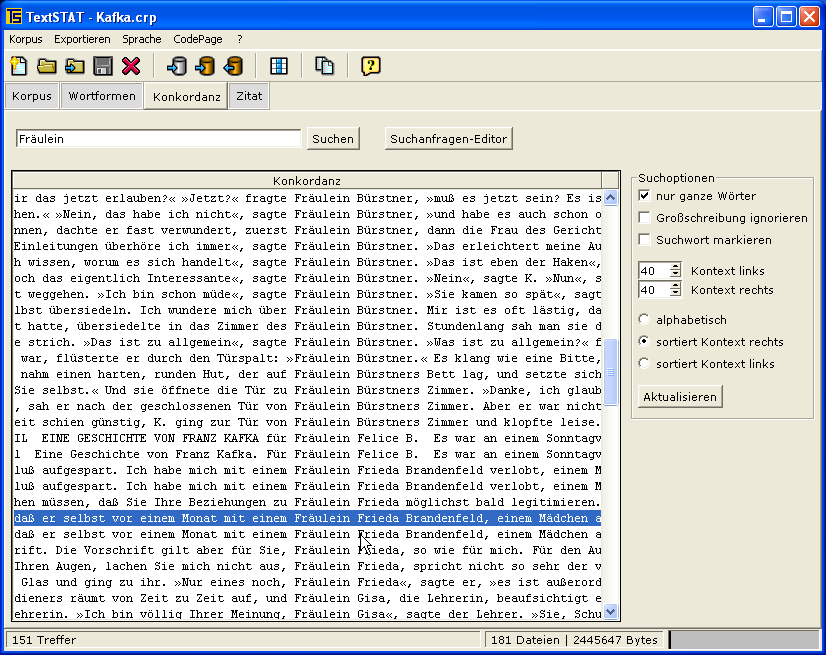Description

The readtext function from the readtext package loads the text files into a data.frame object. We can access the text from a data.frame object (and also, as we will see, a corpus class object), using the texts or the View method. Here we will display just the first 75 characters, to prevent a massive dump of the text of the entire novel. Jun 18, 2014 textstat. Smogindex (text) Returns the SMOG index of the given text. This is a grade formula in that a score of 9.3 means that a ninth grader would be able to read the document.
Using Texstudio
Produces counts and document frequencies summaries of the features in adfm, optionally grouped by a docvars variable or other suppliedgrouping variable.
Usage
Arguments
a dfm object
(optional) integer specifying the top n features to be returned,within group if groups is specified
either: a character vector containing the names of documentvariables to be used for grouping; or a factor or object that can becoerced into a factor equal in length or rows to the number of documents.NA values of the grouping value are dropped.See groups for details.
character string specifying how ties are treated. Seedata.table::frank() for details. Unlike that function,however, the default is 'min', so that frequencies of 10, 10, 11would be ranked 1, 1, 3.
additional arguments passed to dfm_group(). This canbe useful in passing force = TRUE, for instance, if you are grouping adfm that has been weighted.
Value
a data.frame containing the following variables:

The readtext function from the readtext package loads the text files into a data.frame object. We can access the text from a data.frame object (and also, as we will see, a corpus class object), using the texts or the View method. Here we will display just the first 75 characters, to prevent a massive dump of the text of the entire novel. Jun 18, 2014 textstat. Smogindex (text) Returns the SMOG index of the given text. This is a grade formula in that a score of 9.3 means that a ninth grader would be able to read the document.
Using Texstudio
Produces counts and document frequencies summaries of the features in adfm, optionally grouped by a docvars variable or other suppliedgrouping variable.
Usage
Arguments
a dfm object
(optional) integer specifying the top n features to be returned,within group if groups is specified
either: a character vector containing the names of documentvariables to be used for grouping; or a factor or object that can becoerced into a factor equal in length or rows to the number of documents.NA values of the grouping value are dropped.See groups for details.
character string specifying how ties are treated. Seedata.table::frank() for details. Unlike that function,however, the default is 'min', so that frequencies of 10, 10, 11would be ranked 1, 1, 3.
additional arguments passed to dfm_group(). This canbe useful in passing force = TRUE, for instance, if you are grouping adfm that has been weighted.
Value
a data.frame containing the following variables:
feature(character) the feature Minecraft boboiboy mod.
frequencycount of the feature
rankrank of the feature, where 1 indicates the greatestfrequency
docfreqdocument frequency of the feature, as a count (thenumber of documents in which this feature occurred at least once)
docfreqdocument frequency of the feature, as a count
group(only if groups is specified) the label of the group.If the features have been grouped, then all counts, ranks, and documentfrequencies are within group. If groups is not specified, the groupcolumn is omitted from the returned data.frame.
Using Textstat To Find
textstat_frequency returns a data.frame of features andtheir term and document frequencies within groups.
